Finn Juhl
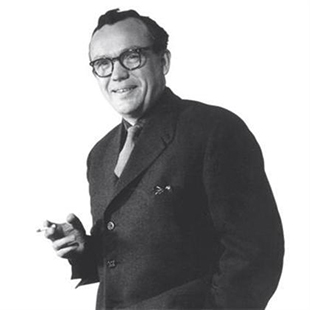
Versions House of Finn Juhl 108 Chair
 House of Finn Juhl
108 Chair
Finn Juhl
House of Finn Juhl
108 Chair
Finn JuhlPrice starting from
€ 1.668,00
Versions House of Finn Juhl Art Collector's Table
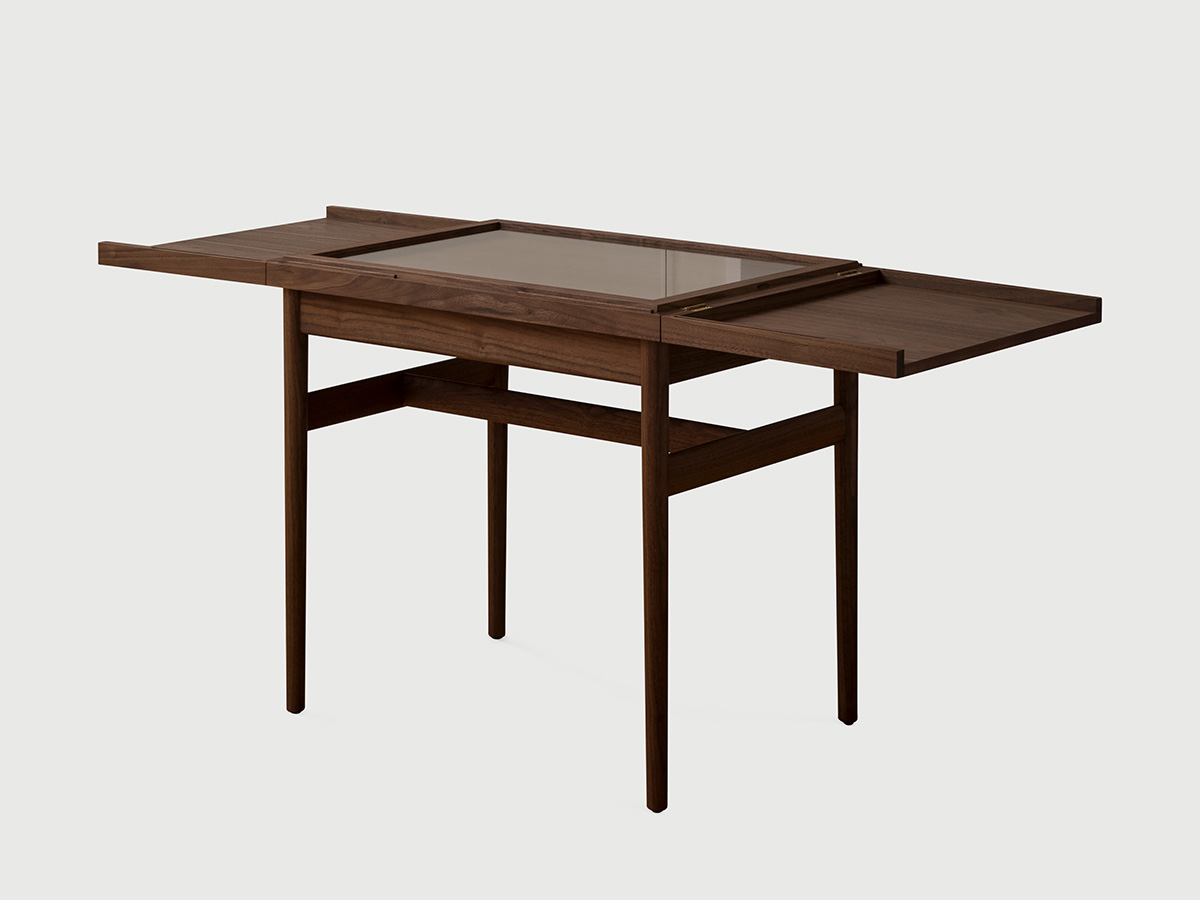 House of Finn Juhl
Art Collector's Table
Finn Juhl
House of Finn Juhl
Art Collector's Table
Finn JuhlPrice
€ 5.854,00
Versions House of Finn Juhl Butterfly Coffee Table
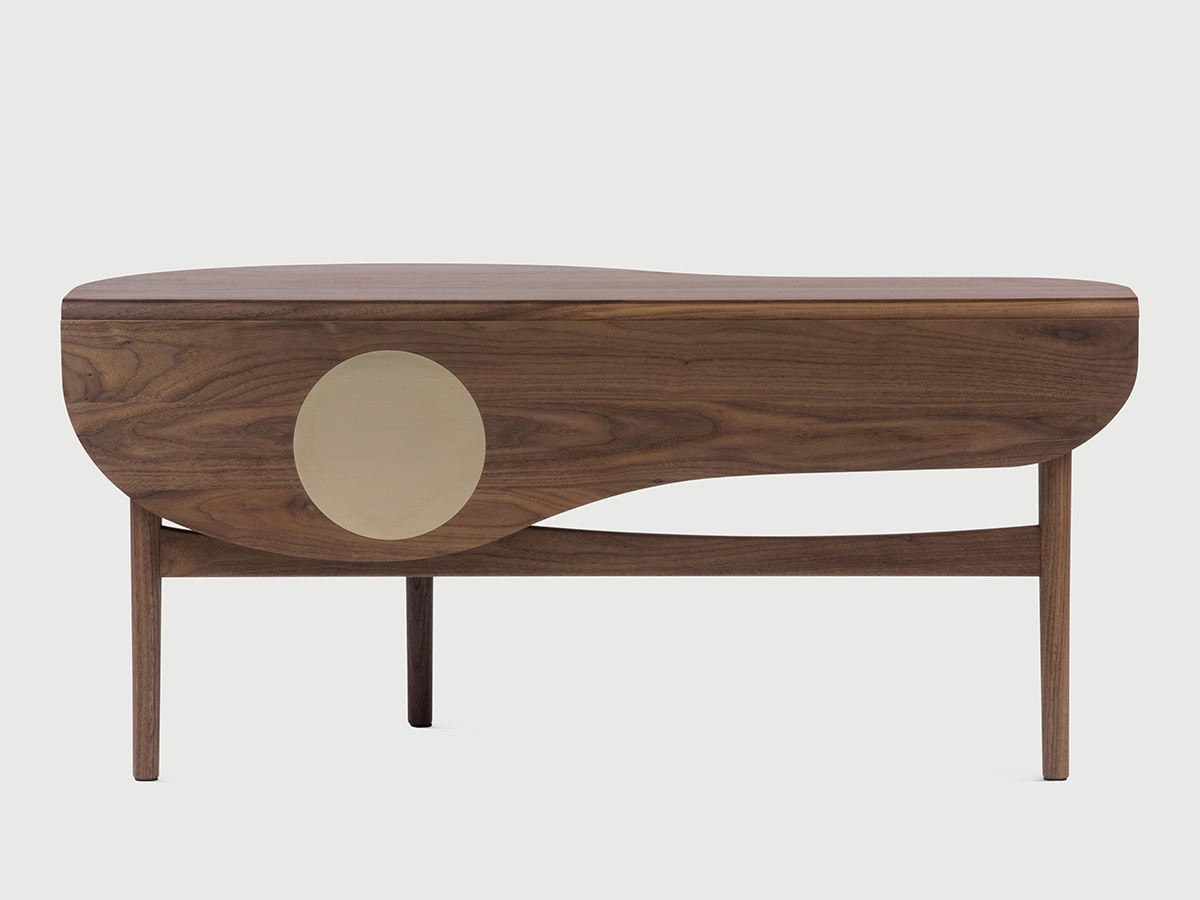 House of Finn Juhl
Butterfly Coffee Table
Finn Juhl
House of Finn Juhl
Butterfly Coffee Table
Finn JuhlPrice
€ 6.632,00
Versions House of Finn Juhl Chieftain Chair
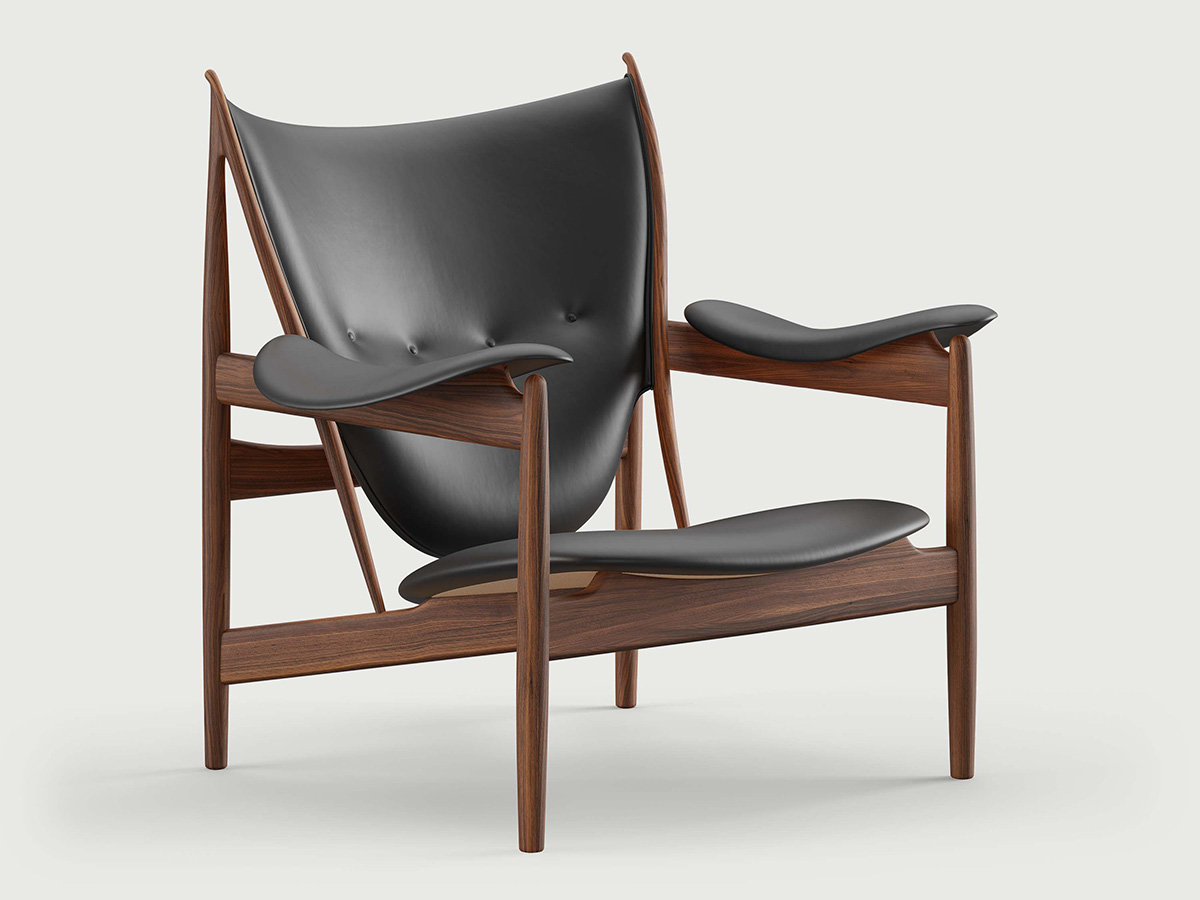 House of Finn Juhl
Chieftain Chair
Finn Juhl
House of Finn Juhl
Chieftain Chair
Finn JuhlPrice starting from
€ 14.978,00
Versions House of Finn Juhl Nyhavn Desk
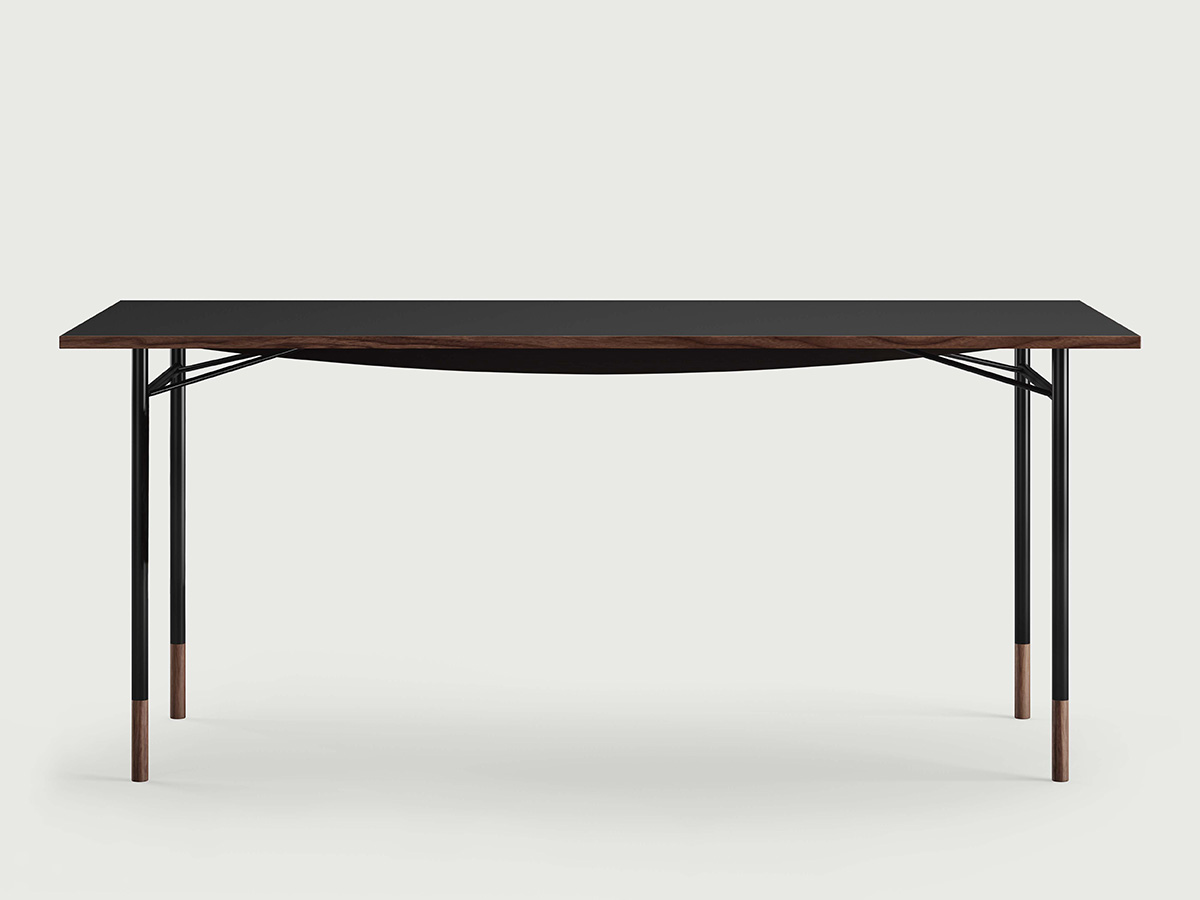 House of Finn Juhl
Nyhavn Desk
Finn Juhl
House of Finn Juhl
Nyhavn Desk
Finn JuhlPrice starting from
€ 2.211,00
Versions House of Finn Juhl Pelican Chair
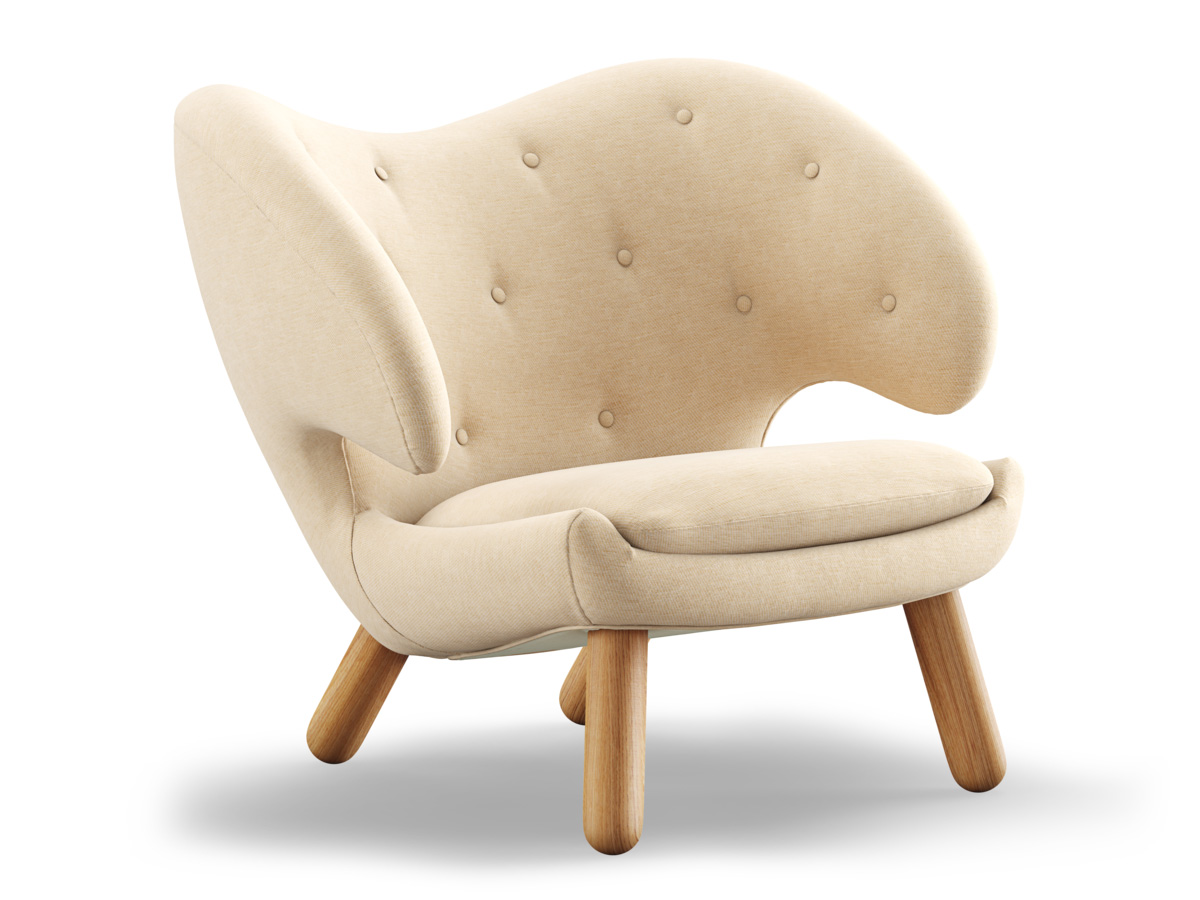 House of Finn Juhl
Pelican Chair
Finn Juhl
House of Finn Juhl
Pelican Chair
Finn JuhlPrice starting from
€ 6.044,00
Versions House of Finn Juhl Poet Sofa
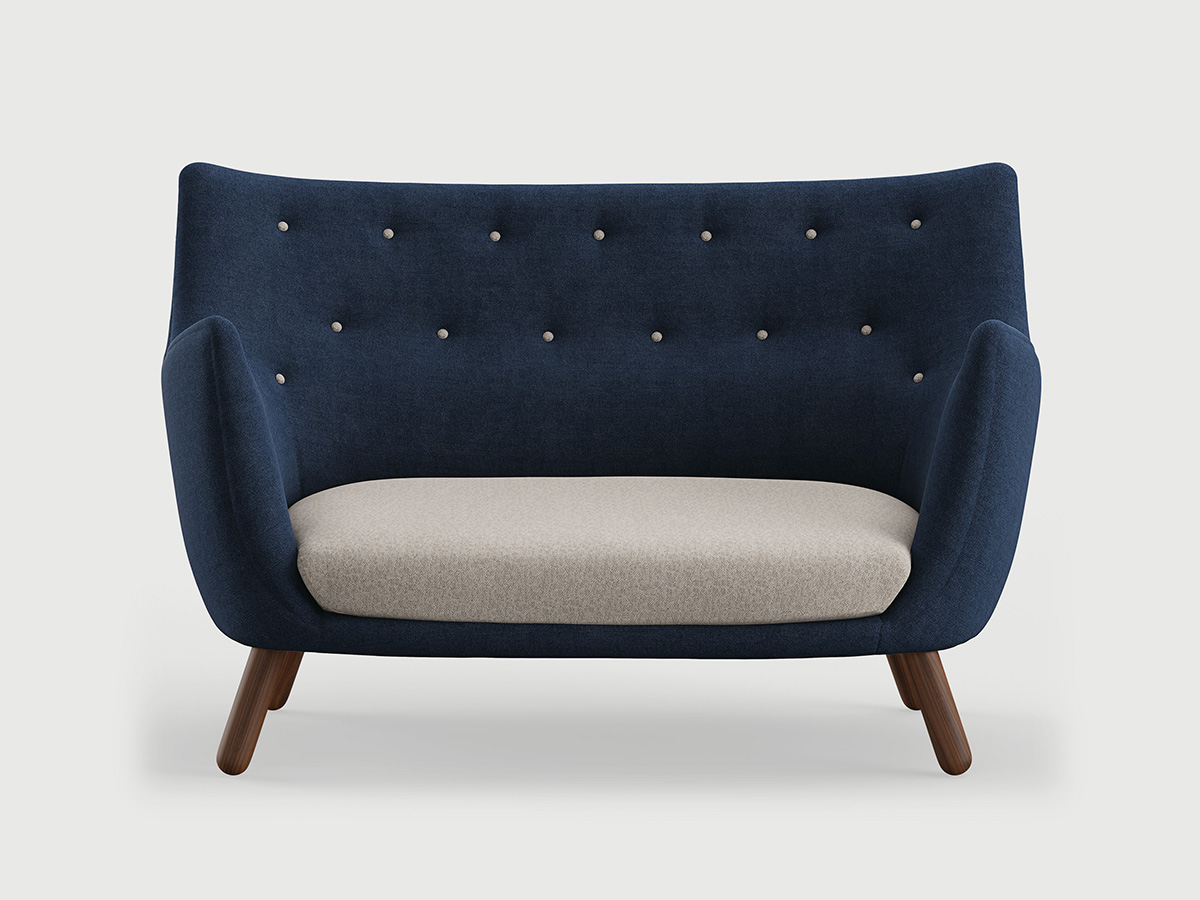 House of Finn Juhl
Poet Sofa
Finn Juhl
House of Finn Juhl
Poet Sofa
Finn JuhlPrice starting from
€ 9.085,00
Versions House of Finn Juhl Sideboard
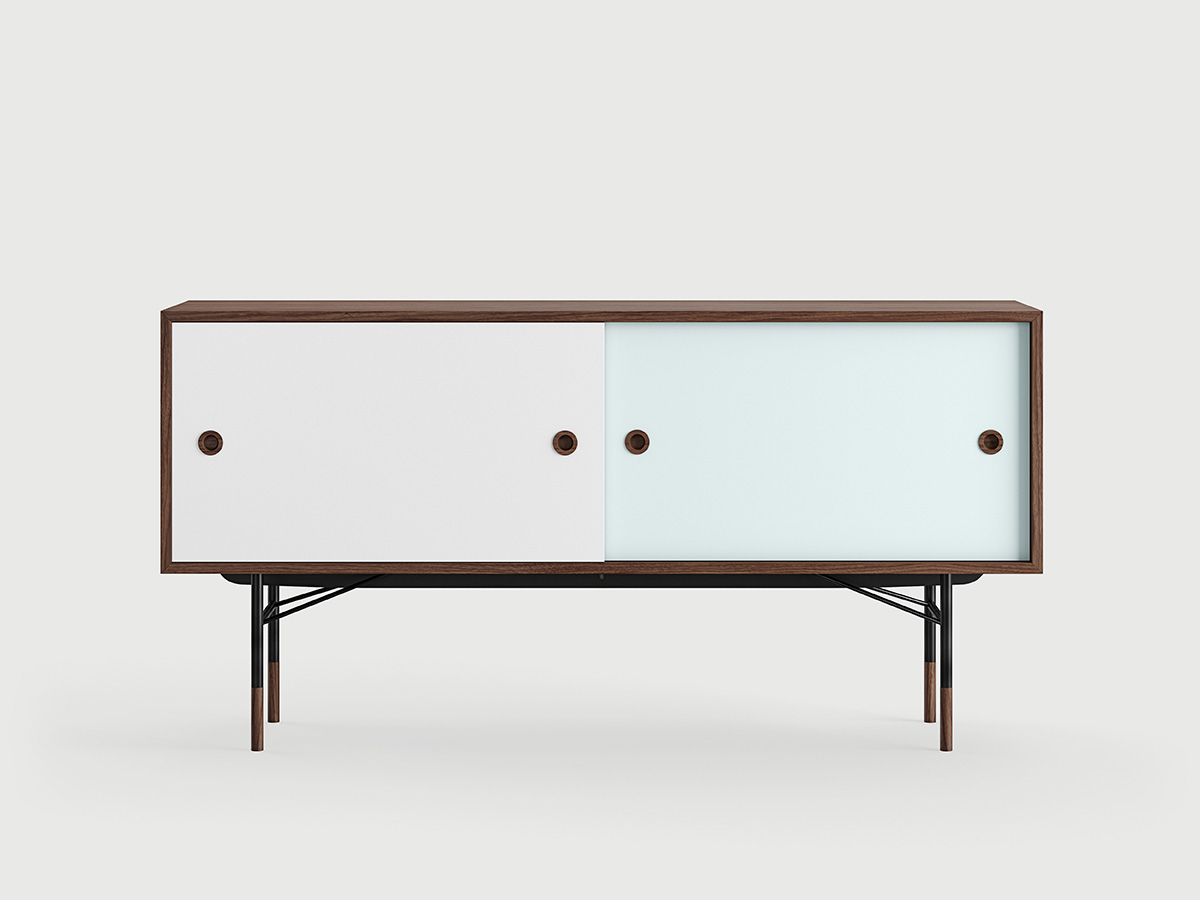 House of Finn Juhl
Sideboard
Finn Juhl
House of Finn Juhl
Sideboard
Finn JuhlPrice starting from
€ 6.284,00